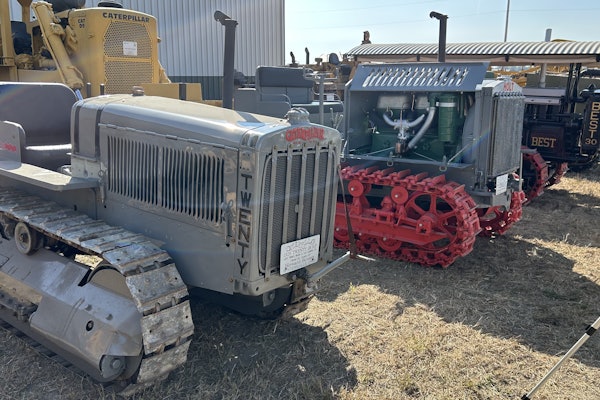As far as capability and ability to get the job done, there is virtually no difference between radial-lift and vertical-lift skid steers. In terms of application however, it is necessary to split hairs a bit. In general, both versions of the skid steer are able to perform jobs such as loading, clearing debris and leveling or clearing of work sites. To provide a clear comparison of both machines, we asked Mike Fitzgerald, product representative for Bobcat, and Jim Hughes, brand product manager for Case Construction, to lend their expertise on these machines.
The applications
At first glance, the specific lift capabilities of each machine aren’t easy to spot.
“The vertical-lift machine and the radial-lift machine are similar,” Hughes says. “As a matter of fact just looking at the machines sitting there, you wouldn’t be able to tell the difference. You see the difference in the swing arc geometry of the machine from about 3 feet off the ground to full height.”
Once it begins to raise, the radial-lift arm swings out in an arc before reaching its peak height. The vertical-lift machine loader arm raises straight up. The result is that each machine is suited for a particular type of job.
Radial-arm skid steers are good for excavating, grading and digging below grade. Vertical-lift machines are ideal for material handling. An example is taking pallets or bricks off of a truck and placing them around the jobsite. If you are loading a lot of dirt into a dump truck, the vertical-lift skid steer is the machine for the job.
When making the decision to purchase or rent, it is best to plan ahead.
“The biggest criteria for any customer would be to match the machine to the needs of each individual application, “Fitzgerald says. “They have to assess if they are doing most of their work at ground level, pushing material, back filling, leveling dirt, etc.”
Breakout force and attachments
The bucket breakout forces for each machine don’t change significantly because it only comes into play when the arm is positioned less than 3 feet from the ground.
The lift arm breakout forces may change when the arm is raised because the actual dynamics of the machine change once the loader arms are raised above 3 feet.
What about price?
While both machine configurations can be useful in a variety of applications, the difference in price depends on who you ask. The radial-lift machines and the vertical-lift machines for Case are in different weight classes, so the prices will be different. In the Bobcat line of skid steers, the vertical-lift machine will be slightly more expensive because it has more parts in its loader arm.
In conclusion
The major difference between the radial-lift and vertical-lift skid steer is the geometry of each lift arm.
“A radial-lift machine will perform the same job as a vertical-lift machine, it’s just that one happens to be better suited for each job,” Hughes says. “You will see contractors with a vertical-lift machine excavating or some with a radial-lift machine with forks lifting pallets.”









